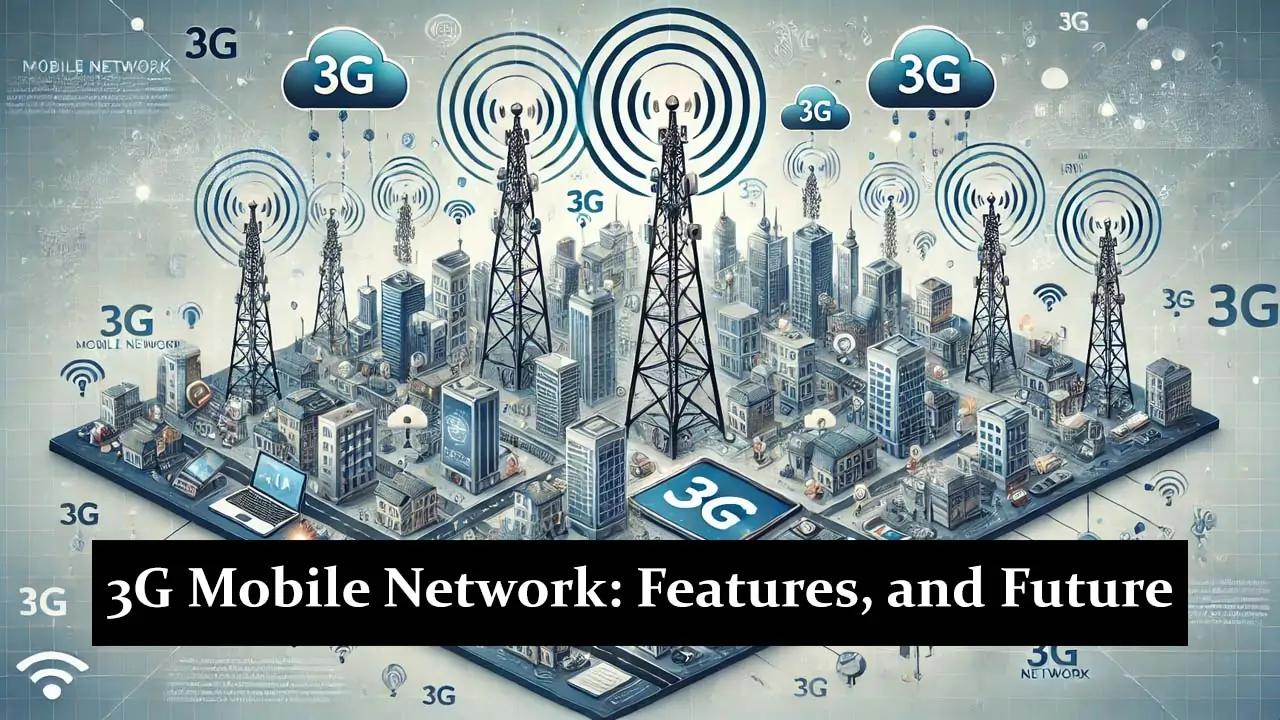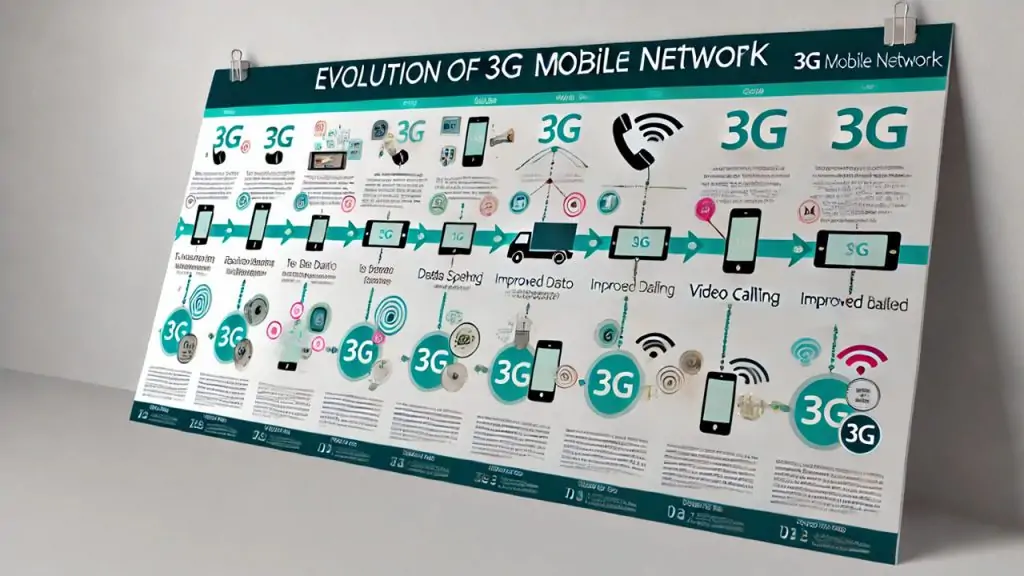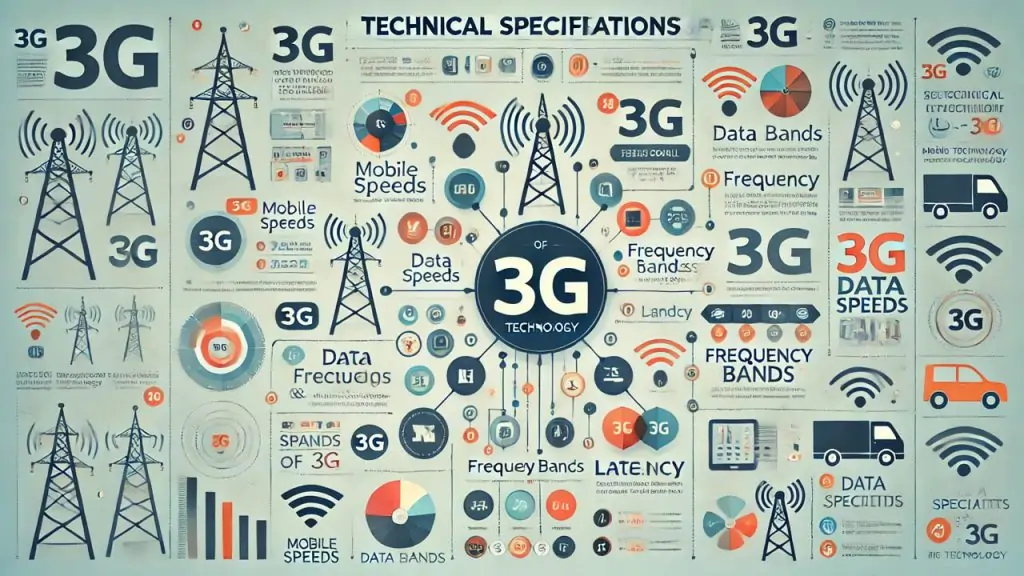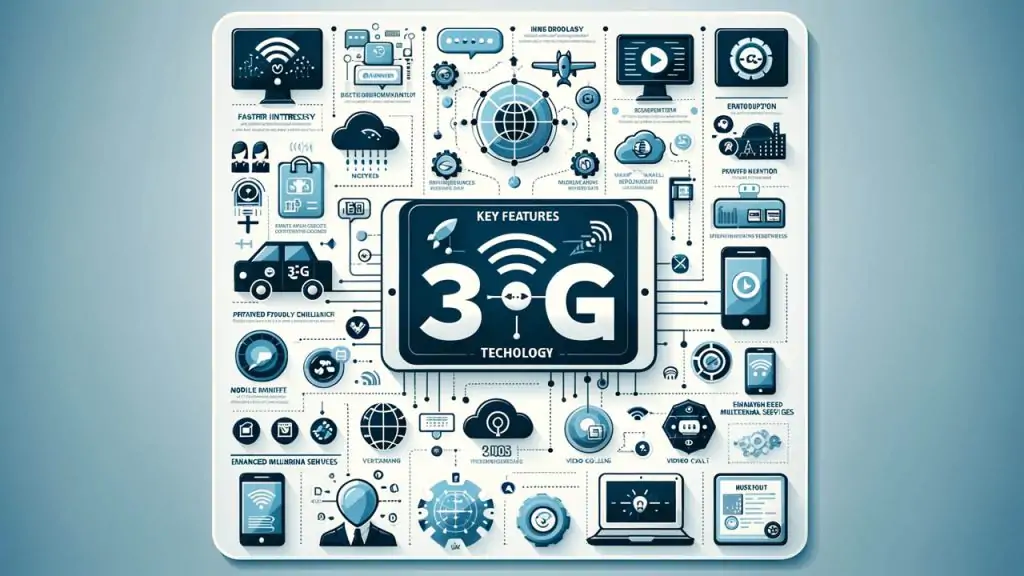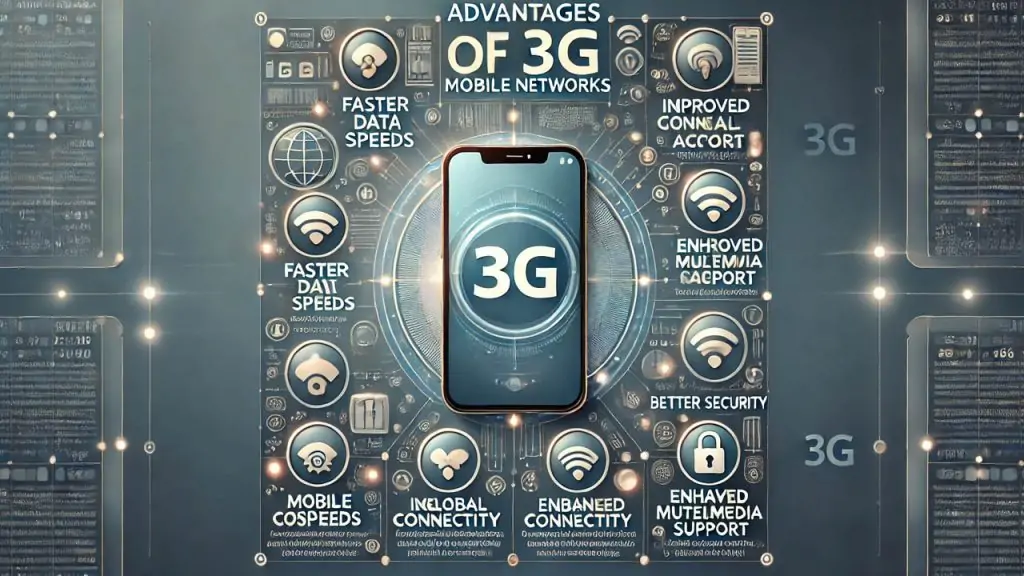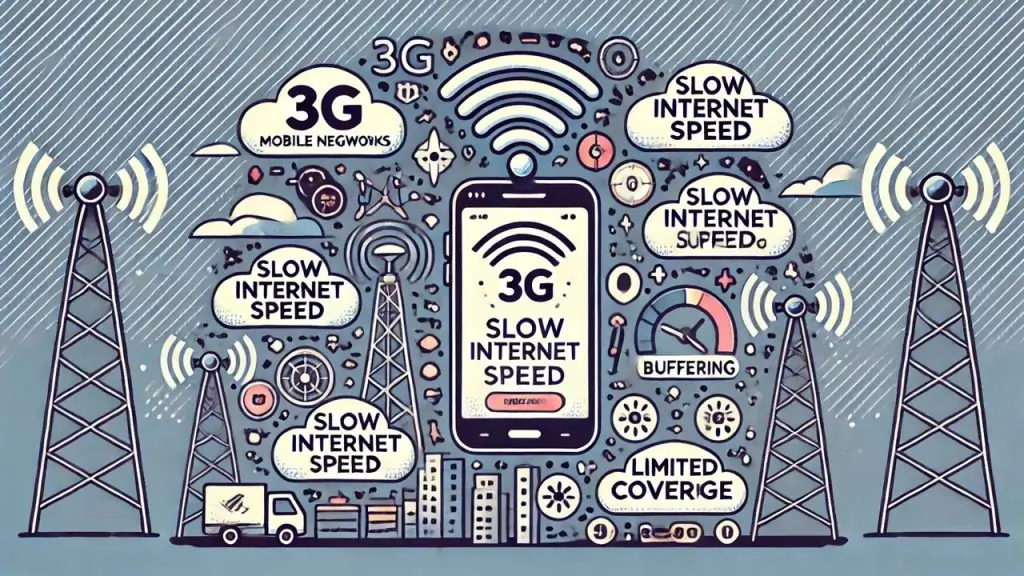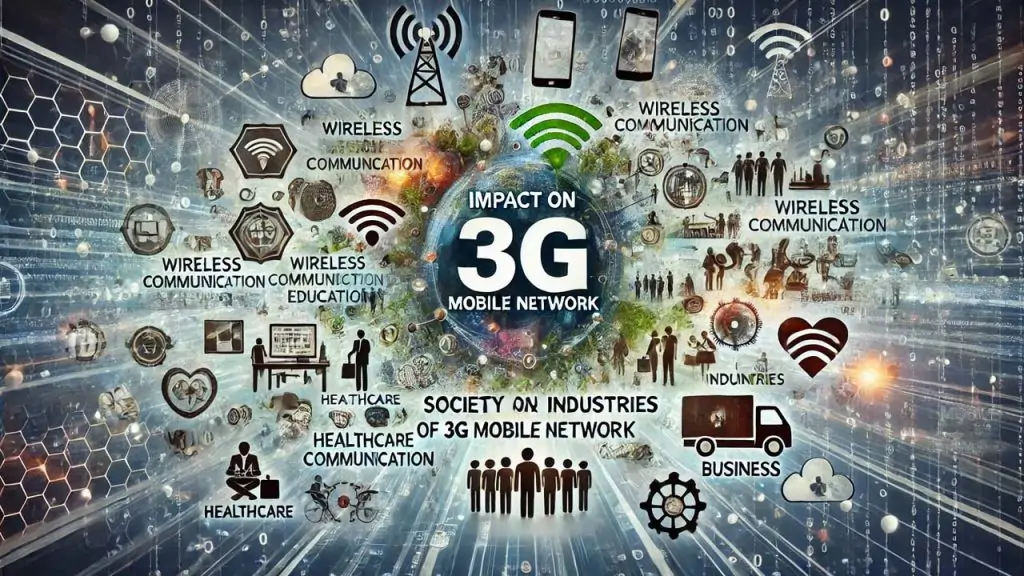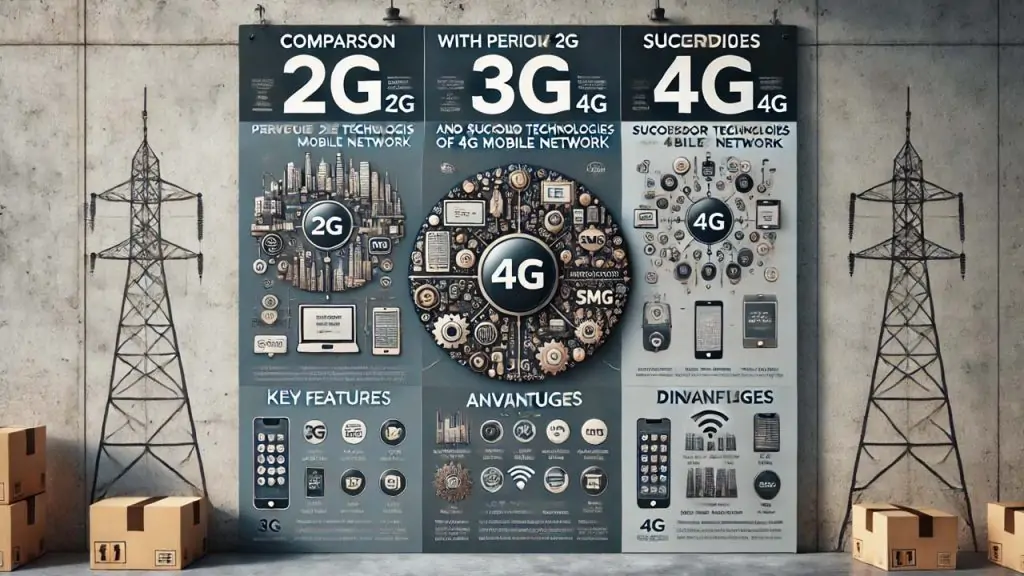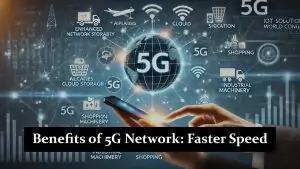The 3G (third generation) mobile network is a significant advancement in this technology, providing faster data transmission, improved voice quality, and enhanced mobile internet capabilities compared to its predecessors. In the early 2000s, 3G networks revolutionized mobile communication by enabling video calls, mobile TV, and high-speed internet access. This technological leap marked a pivotal moment in the evolution of mobile networks, setting the stage for future advancements like 4G and 5G.
Historical Context and Evolution:
The journey to 3G began in the late 1990s, with the International Telecommunication Union (ITU) laying down the specifications under the IMT-2000 project. The first commercial 3G networks were launched in the early 2000s, marking a substantial leap in mobile communication technology. This evolution continued, setting the stage for the transition to even more advanced technologies like 4G and 5G.
Importance of 3G in Mobile Communication:
3G networks were crucial in transforming mobile communication by providing the necessary infrastructure for mobile internet access, video calling, and other advanced services. This enabled users to stay connected and access information on the go, significantly impacting personal and professional lives.
Technical Specifications of 3G:
Frequency Bands:
Depending on the region and specific technology standard, 3G networks operate on various frequency bands, typically ranging from 800 MHz to 2.6 GHz.
Data Rates and Speed:
3G offers data transfer rates of up to 2 Mbps for stationary users and 384 kbps for mobile users, providing a significant speed boost over 2G networks.
Technology Standards:
- WCDMA (Wideband Code Division Multiple Access)
- CDMA2000 (Code Division Multiple Access 2000)
- TD-SCDMA (Time Division-Synchronous Code Division Multiple Access)
Network Architecture:
3G network architecture includes components like the Radio Access Network (RAN), Core Network, and User Equipment (UE), working together to deliver seamless connectivity and services.
Key Features of 3G:
- Improved Data Services: 3G enhanced data services, allowing faster internet browsing and more efficient data transfer.
- Internet Access: With 3G, users can access the internet on their mobile devices with improved speed and reliability.
- Multimedia Messaging Service (MMS): 3G enabled the sending and receiving multimedia messages, including images, audio, and video.
- Enhanced Voice Quality: 3G networks provided better voice quality through advanced codecs and improved network infrastructure.
- Video Calling: One of 3G’s hallmark features is the ability to make video calls, which brings face-to-face communication to mobile devices.
- Mobile TV: 3G allows mobile TV services, letting users watch live television on their phones.
- Location-Based Services: 3G supported location-based services, enabling applications like GPS navigation and location-based advertising.
Advantages of 3G Mobile Networks:
- Higher Data Transfer Rates: 3G offered significantly higher data transfer rates than 2G, enhancing the user experience.
- Better Coverage and Connectivity: 3G networks provided better coverage and connectivity, even in areas where 2G signals were weak.
- Support for Mobile Broadband: 3G laid the groundwork for mobile broadband services, enabling high-speed internet access on mobile devices.
- Enhanced Security Features: 3G networks incorporate advanced security features to protect user data and ensure secure communication.
Challenges and Limitations:
- High Deployment Costs: Deploying 3G networks requires substantial investment in infrastructure and technology.
- Battery Consumption: 3G services are more demanding on battery life, leading to quicker battery drain in mobile devices.
- Limited Availability in Rural Areas: 3G coverage was initially limited in rural and remote areas, impacting widespread adoption.
- Interference with Existing Networks: 3G deployment sometimes causes interference with existing 2G networks, posing technical challenges.
Impact on Society and Industries:
- Influence on Social Connectivity: 3G greatly enhanced social connectivity by enabling easy access to social media, instant messaging, and video calls.
- Transformation in Business Practices: Businesses leveraged 3G to adopt mobile-based solutions, improving efficiency and customer engagement.
- Advancements in Mobile Applications: 3G spurred the development of various mobile applications, from entertainment to productivity tools.
- Implications for Healthcare, Education, and Entertainment: 3G technology profoundly impacted sectors like healthcare, education, and entertainment, facilitating telemedicine, E-learning, and mobile entertainment services.
Comparison with Previous (2G) and Successor (4G) Technologies:
- Improvements over 2G: 3G offered improved data rates, better voice quality, and more advanced services than 2G.
- Transition to 4G: The transition from 3G to 4G brought even higher data speeds, lower latency, and enhanced multimedia capabilities.
- Comparative Analysis: 3G bridges the basic functionalities of 2G and the advanced features of 4G, providing a balanced mix of voice and data services.
Future Prospects:
- Evolution Towards 4G and 5G: The evolution towards 4G and 5G continues, promising even faster speeds, lower latency, and more innovative applications.
- Technological Advancements and Innovations: Future advancements are expected to build on the foundation of 3G, driving innovation in mobile communication.
- Potential for IoT (Internet of Things): 3G’s legacy paves the way for the Internet of Things (IoT), connecting many devices and enabling smarter solutions.
Conclusion:
3G mobile networks played a pivotal role in the evolution of mobile communication, bridging the gap between basic voice services and advanced data-centric applications. As we move towards 4G and 5G, the impact of 3G remains significant, highlighting its enduring relevance and the foundation it laid for future innovations.
